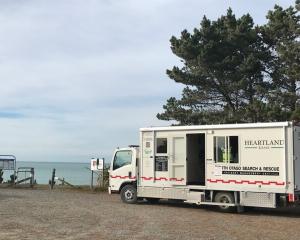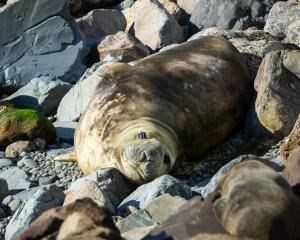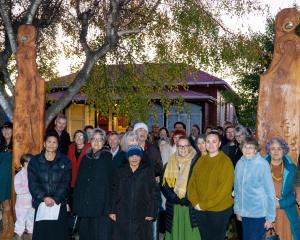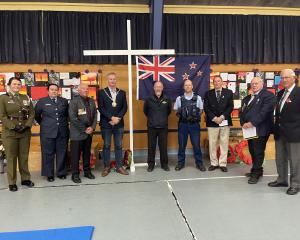
The survey was conducted off the coast of Moeraki in mid-October. Chris Hepburn, a senior lecturer in the department of marine science, said the survey, commissioned and funded by the Moeraki runanga, was to provide information to mataitai (customary fishing reserve) managers.
It aimed to "identify possible issues in the local fishery, areas with low abundances or smaller sizes attributable to fishing, and to provide a good number of indicator sites to allow managers to see how the fishery improves or declines in the future", he said.
"We are still working up the data but gained a good baseline for the managers of the fishery for key species of interest.
"We observed a fair bit of fishing pressure in the area with a number of divers collecting paua being observed at a range of sites.
"The invasive kelp Undaria was widespread at all depths surveyed in northern sections of the mataitai and less common further south towards Katiki Point."
He expected surveys of this type to be conducted at least every five years in future.
Thirteen people conducted the survey. Some were members of the local community and tangata tiaki/kaitiaki (customary fishery managers).
"We gained excellent support for our work from local tangata tiaki/kaitiaki, who made our job much easier.
"We conducted 66 scuba dives and spent more than 40 hours underwater.Twenty-one sites were surveyed and work was conducted from the university’s 6m research vessel, Typhoon. A shore team conducted survey work in shallower sections of the area’s reef.
"The sea was very kind and the flat conditions allowed us to do a lot of work over the survey.
"We used traditional transect and quadrat methods, determined the number of key species per square metre and measured these species using calipers. We also measured key habitat information such as density and cover of kelp species."












